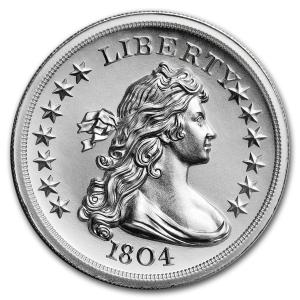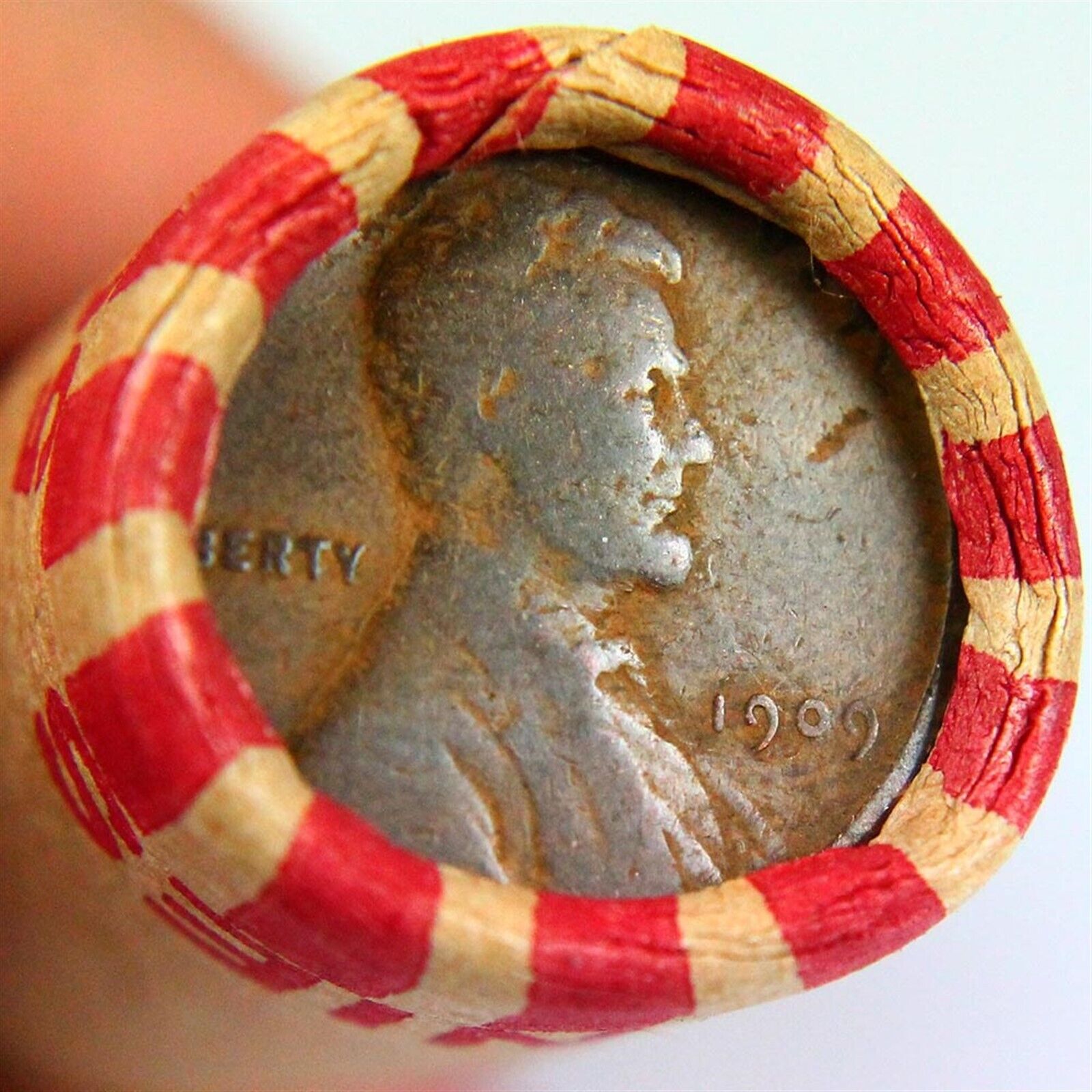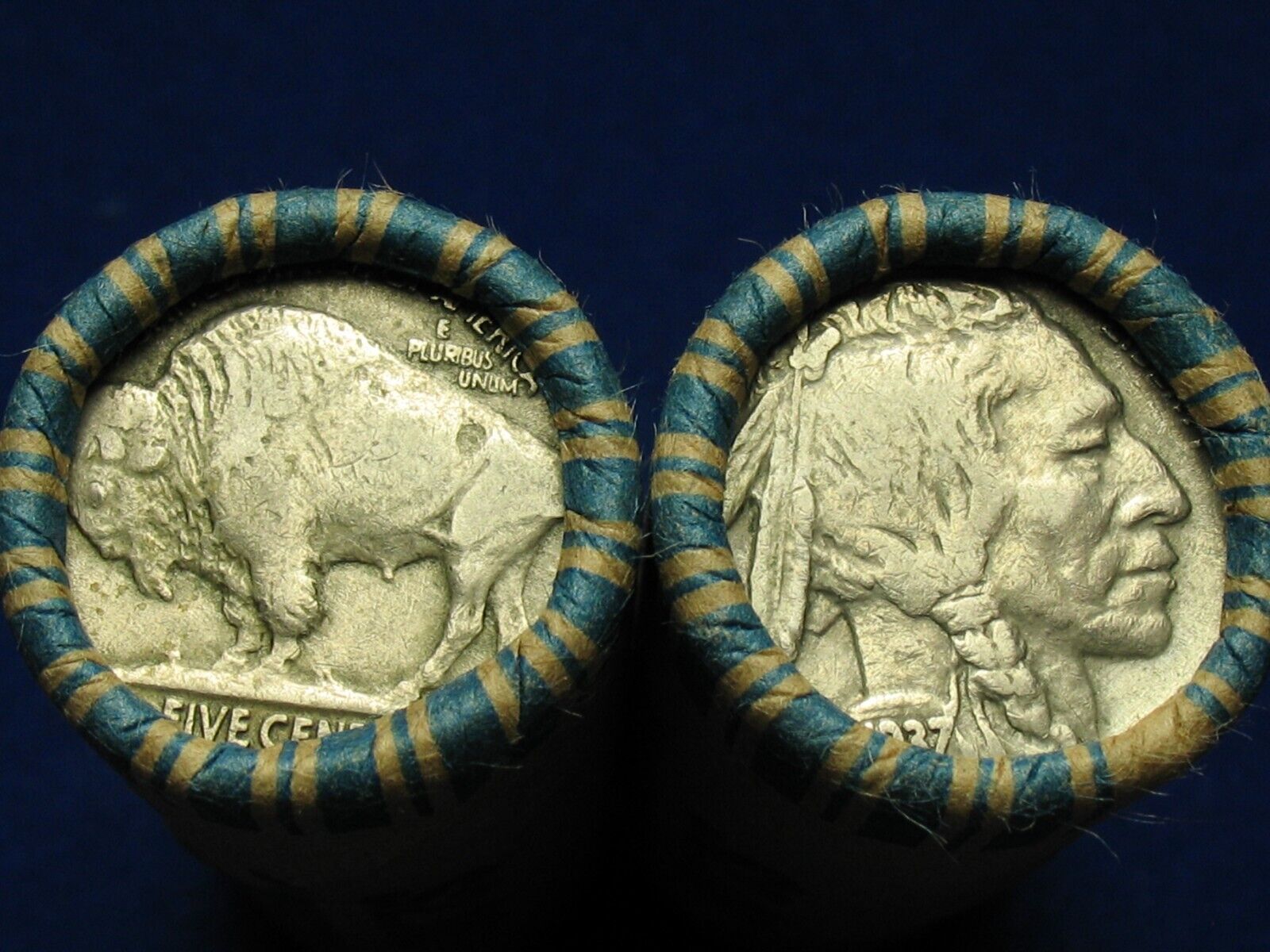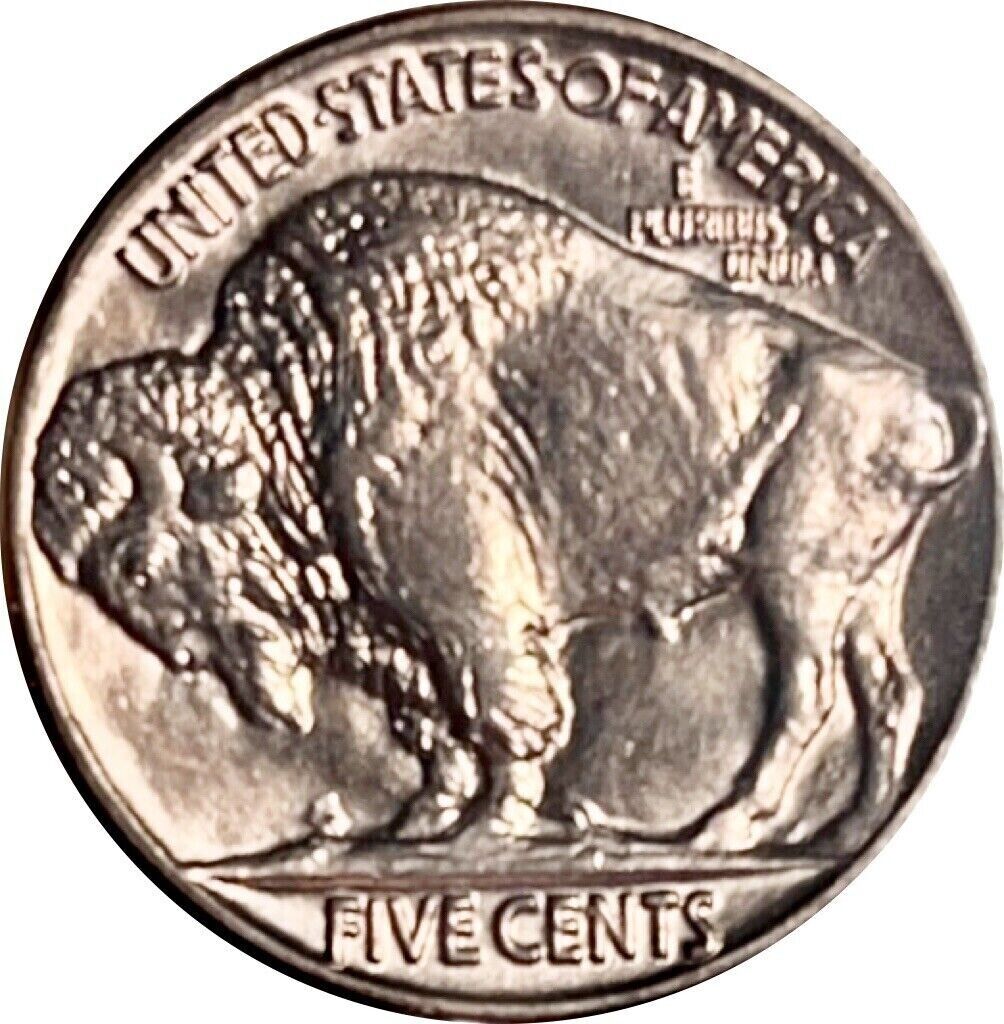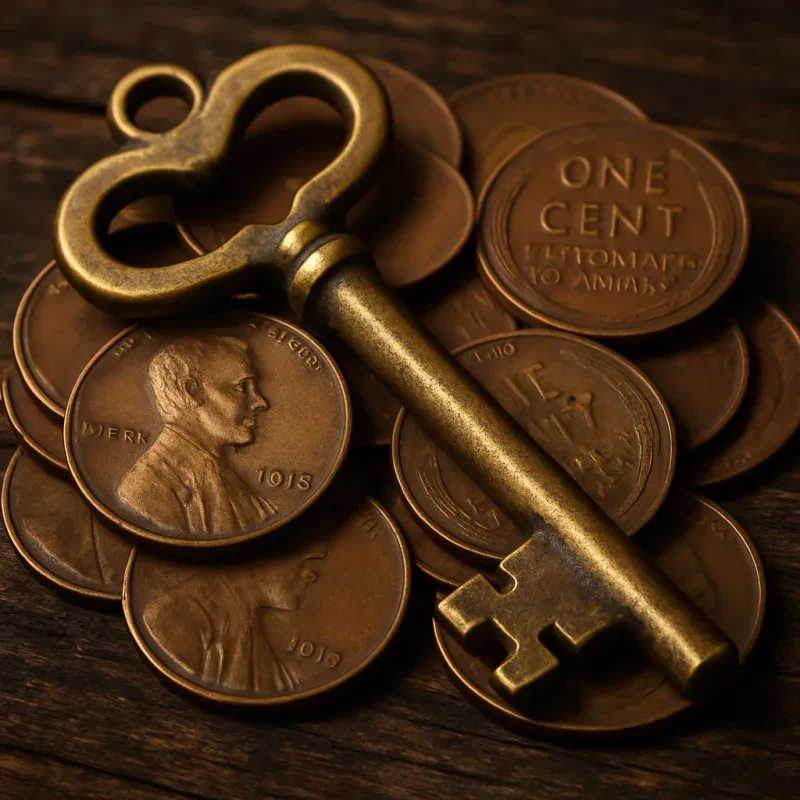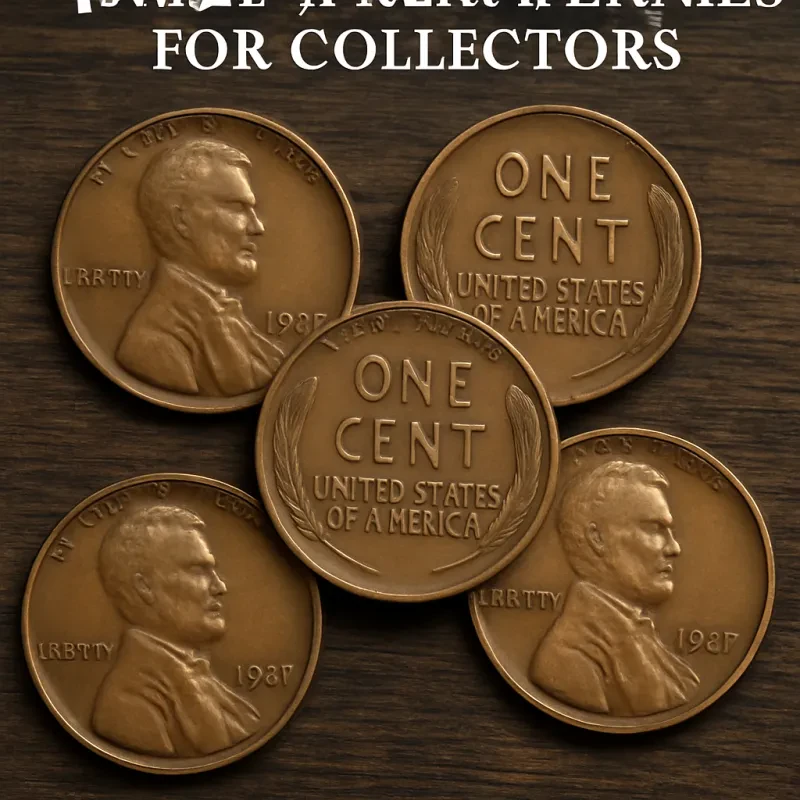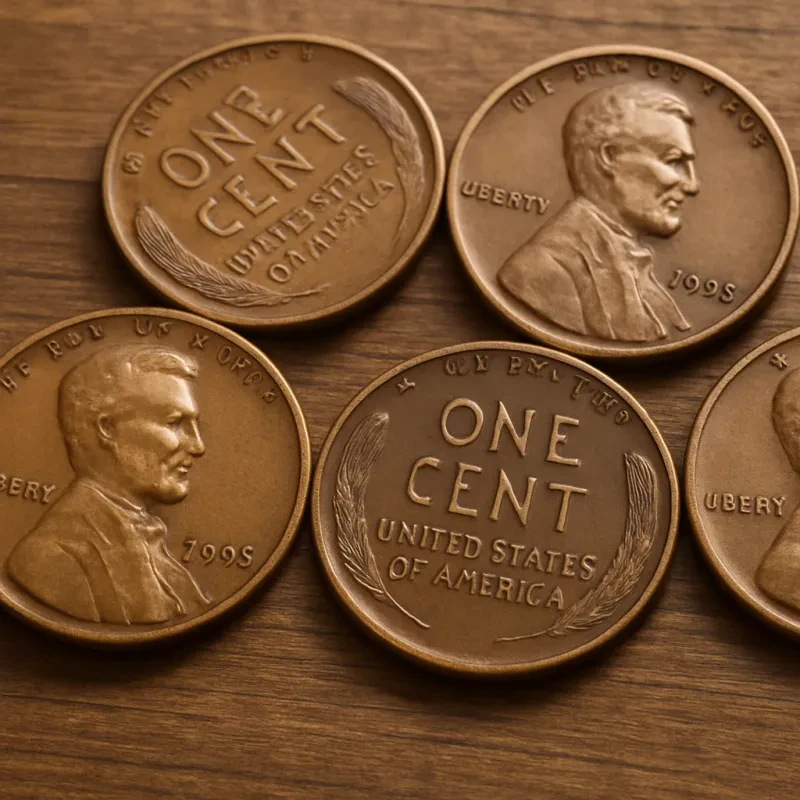Wheat pennies, also known as "wheat cents," are among the most beloved and widely collected coins in American numismatics. Their classic design, long mintage history, and historical significance make them a staple for collectors of all levels. But for those deeply immersed in the hobby, one question often arises: What was the last year wheat pennies were made? The answer is both straightforward and steeped in historical context. This article will explore the final year of wheat penny production, its importance in numismatics, key facts, and collecting tips for enthusiasts.
The End of an Era: 1958 – The Final Year of Wheat Pennies
The last year wheat pennies were officially minted was 1958. That year marked the end of a design that had graced the reverse side of the U.S. one-cent coin for half a century. From 1909 to 1958, the Lincoln Wheat cent proudly featured two stylized wheat ears on its reverse side, symbolizing agricultural prosperity.
Why 1958 Was the Last Year
The U.S. Mint decided to replace the wheat design with something that reflected a more modern and nationalistic theme. Beginning in 1959, to commemorate the 150th anniversary of Abraham Lincoln's birth, the reverse of the penny was changed to the Lincoln Memorial design by Frank Gasparro. This change marked a significant visual and symbolic shift in American coinage.
Historical Context of the Wheat Penny
Introduced in 1909, the Lincoln Wheat penny was the first U.S. coin to feature a real person—President Abraham Lincoln—on its obverse. The coin was designed by Victor David Brenner, whose initials (V.D.B.) are famously associated with certain rare 1909 varieties.
Key Features of the Wheat Penny Design
-
Obverse (Front): Features a profile of Abraham Lincoln.
-
Reverse (Back): Features two stylized wheat stalks curving inward on either side.
-
Inscriptions: Includes "ONE CENT," "UNITED STATES OF AMERICA," and the mottoes "E PLURIBUS UNUM" and "IN GOD WE TRUST."
1958 Wheat Pennies: Varieties and Mint Marks
During its final production year, the 1958 wheat penny was minted in two primary locations:
1. 1958 (No Mint Mark) – Philadelphia Mint
This version was produced without a mint mark and is relatively common. Over 250 million of these coins were struck.
2. 1958-D – Denver Mint
With a mintage exceeding 800 million, the 1958-D is even more abundant than its Philadelphia counterpart. However, it remains popular among collectors for completing sets.
The Famous 1958 Doubled Die Obverse (DDO)
Arguably the most exciting variety from the final year is the 1958 Doubled Die Obverse. Only three confirmed specimens are known, making it one of the rarest and most valuable U.S. cents.
Characteristics of the 1958 DDO:
-
Clear doubling on the words "LIBERTY," "IN GOD WE TRUST," and the date.
-
A sharply struck design that differs from machine doubling.
These coins have fetched over $1 million at auction, cementing their legendary status in the numismatic community.
Why Collect 1958 Wheat Pennies?
Even though most 1958 wheat cents are common and inexpensive, their historical significance makes them a crucial part of any Lincoln cent collection. Here's why collectors value them:
1. Historical Milestone
1958 marks the final chapter in a design that began 50 years earlier. Owning this coin is like holding a piece of closing history.
2. Transition Year
The shift to the Lincoln Memorial design in 1959 makes the 1958 penny a natural stopping point for wheat cent collections and a great conversation piece.
3. Low Barrier to Entry
1958 wheat pennies are still relatively easy to find and afford, especially for beginner collectors.
4. Potential for Treasure
While rare, the 1958 doubled die obverse remains one of the most sought-after error coins in U.S. history.
Collecting Tips: How to Spot a Genuine 1958 Wheat Penny
If you're just starting or looking to upgrade your collection, here are some tips to ensure you're collecting genuine and high-quality 1958 wheat cents:
Look for High-Grade Specimens
While circulated coins are plentiful, uncirculated or high-grade 1958 wheat pennies can still be valuable, especially if they have strong eye appeal, full red coloration, and minimal blemishes.
Be Cautious of Counterfeits
Due to the value of the 1958 DDO, counterfeit versions exist. Always authenticate high-value coins through a reputable grading service such as PCGS or NGC.
Store Coins Properly
Use acid-free holders, coin flips, or albums to protect your collection from environmental damage.
Complete the Set
For a richer collecting experience, aim to complete a full set of Lincoln wheat cents from 1909–1958. It's a rewarding journey through U.S. history.
Market Value and Investment Potential
The typical 1958 wheat penny in circulated condition is worth 2 to 10 cents, depending on condition. However, uncirculated examples can fetch $1 to $5, and high-grade specimens can command even more.
The Holy Grail: 1958 DDO
This ultra-rare variety has seen skyrocketing values, with prices exceeding $1 million in some cases. It's a reminder that even the most common-looking coin can hold hidden value.
Final Thoughts: A Fitting Farewell to the Wheat Penny
The 1958 wheat penny represents more than just the end of a coin series. It’s a tangible link to mid-20th century America, a farewell to an era of elegant simplicity in coin design. Whether you're a seasoned numismatist or a casual hobbyist, including the last year of wheat pennies in your collection is both historically significant and personally rewarding.
As you hunt through old coin rolls, estate sales, or even pocket change, keep your eyes peeled. You might just find a piece of the past waiting to tell its story—one cent at a time.
